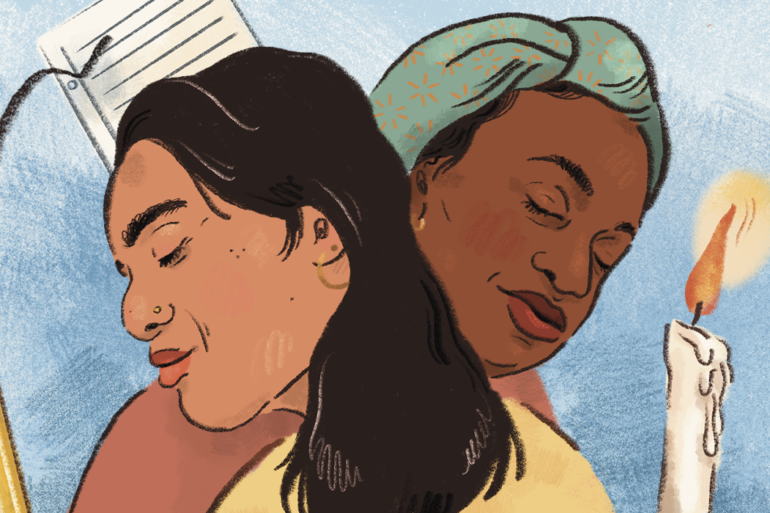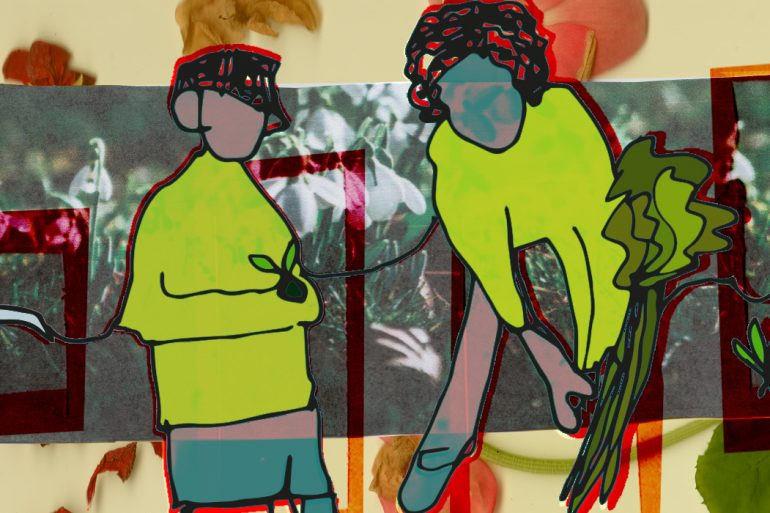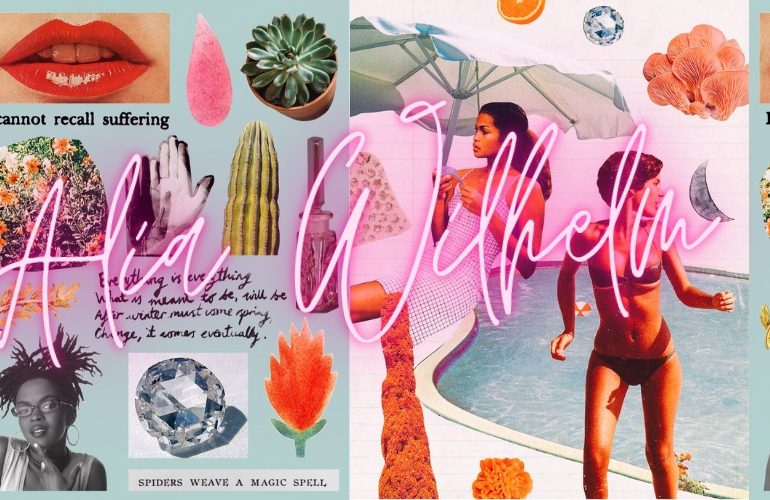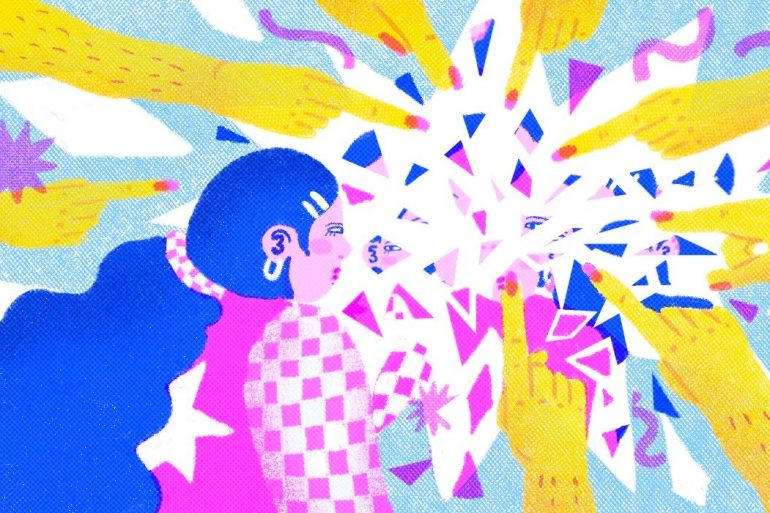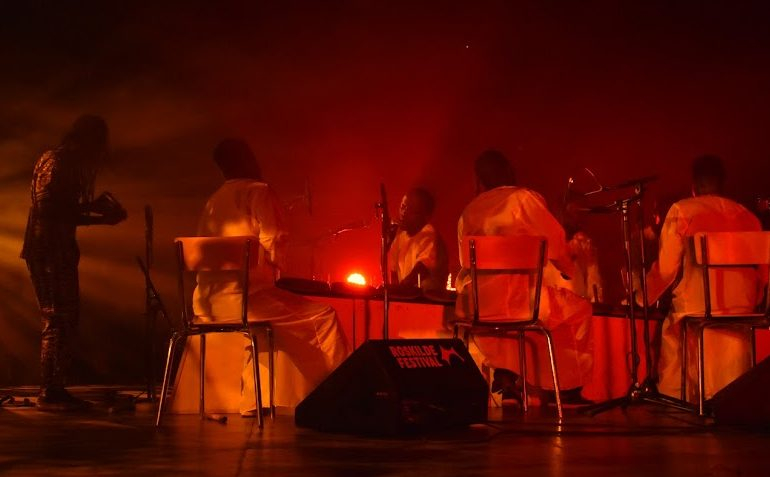I started writing my Substack blog, Looking at Porn, after I came across a Pornhub channel devoted solely to having sex with clothing. The channel hosted at least 50 videos, all produced by and starring one man in his bedroom. In each video he had sex with a different item of clothing: work shirts, bowler hats, trainers, doctor’s coats, suit trousers. He did not speak or engage with the camera, he just carefully positioned clothes into outfits on hangers or his bed and had sex with them.
He was, as a friend noted, “a true pervert”. I couldn’t help but admire him, as I tend to admire most people who produce their own sexual content. The UK is a society where even attempting to discuss sex honestly can feel shameful or worthy of derision, and I find anyone being open about their sexual desires deeply refreshing. Honest, open writing about sex is lambasted through events like the Bad Sex Awards, which hold up ‘crude’ or ‘tasteless’ attempts at sex writing for public mockery. Fellow Substack author Huw Lemmey described the awards as ‘a prohibition on writing about sex per se, or at least trying to write about sex, which is not a prohibition the British need.’
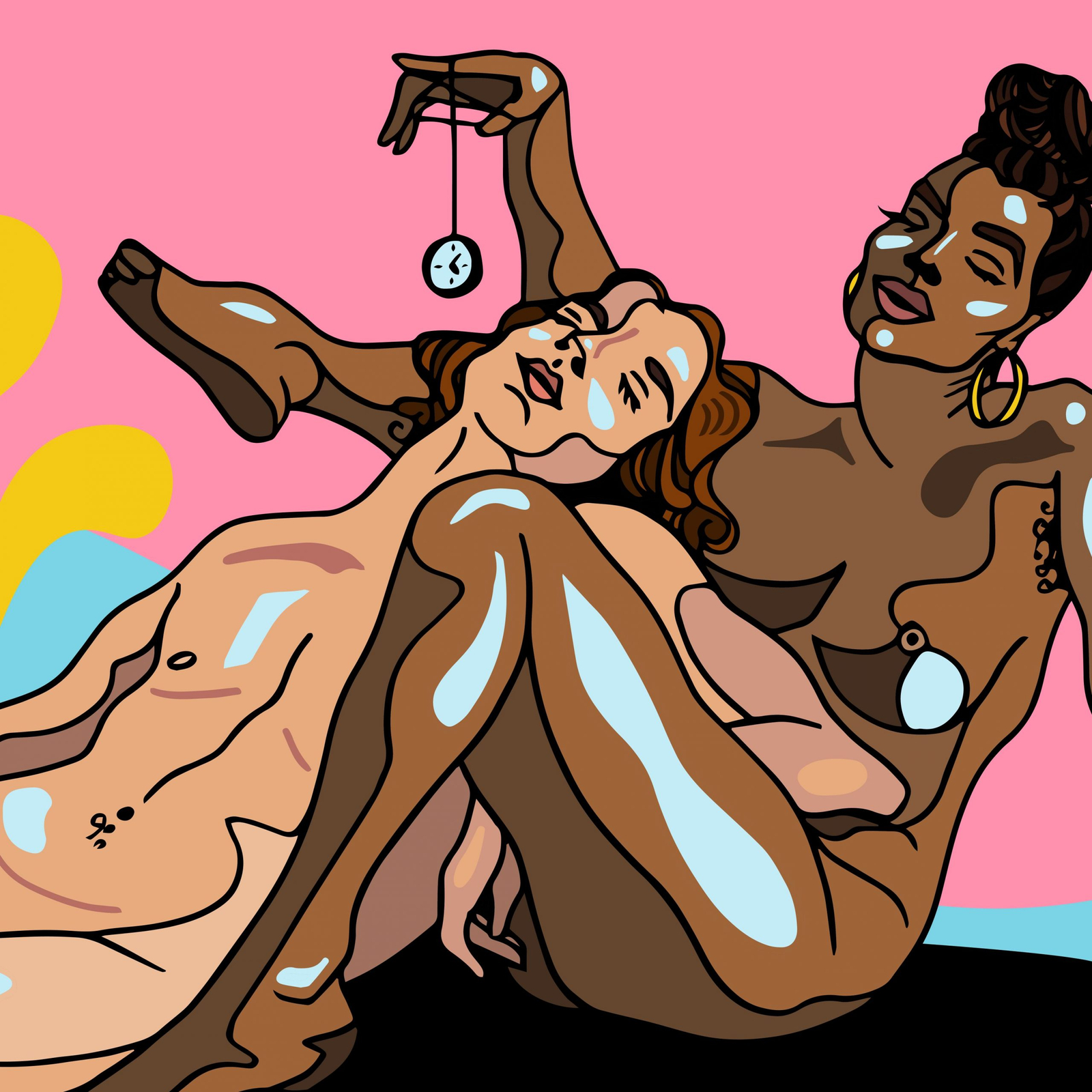
Looking at Porn is an attempt to write about taboo kinds of sex honestly and without judgement; once a month I choose a fetish and write about it. So far I have published on tickling porn, piss play, and hypnosis fetishes, and have plans to write about feederism, clown fetishes, and sexual cannibalism fantasies. Each blog is a mini-essay about the fetish, the porn of it, and an analysis of how and why our culture has produced it. For hypnosis porn, I delved into the Victorian fascination with hypnosis as a potential cure for hysteria in women, and how sexual hypnosis play is a space where people can explore their relationship with power and powerlessness. In piss play, I looked at how children’s bathroom use is controlled by adults, which can form a mental connection between piss and power in early life.
People are more interested than I expected – the subscriber count is steadily climbing, as is the blog’s view count. Sometimes people send thanks that their fetish was named and written about in a way that they recognised, without judgement or laughter. There is a growing pressure to write about my own sexual desires or experiences that I am consciously pushing back against, at least for the time being. I write about sex as a collective and cultural experience, and I fear bringing my self explicitly into the mixture would disrupt that.
The ways we practice sex are keenly intertwined with how we experience our lives and the culture we live in. Sophie Lewis writes that we are experiencing a “collective turn-off” as we are “too overworked, under capitalism, to be deeply, collectively horny”. Capitalism and other social power structures such as misogyny, racism, and transphobia impact our sexual desires immensely and collectively. Sexual fetishes and play are a way for us to make sense of these power structures and our place within them, whether it’s through dressing as a sexy secretary or licking Doc Martens. We experience sex collectively, whether we want to or not.
Embarrassment about sex is part of a collective cultural shame, too. Desire for other people, for the messiness and joy of good sex, makes us vulnerable. Tim Kreider wrote the now-memeified truism that “if we want the rewards of being loved we have to submit to the mortifying ordeal of being known.” The communication and honesty about desire that is so essential to good sex is also mortifying – asking for what you want makes you vulnerable to rejection. It can feel better to not ask at all and laugh at those who do. When we laugh at someone we distance ourselves from them, we tell those around us that we’re not like them, we’re normal, we’d never want something so vulnerable, we’d never desire anything at all.
Writing Looking at Porn is, for me, a process of reckoning with ‘bad’ desires that are laughed at or shunned. Taboo fetishes are places where desire meets the unacceptable, but both the desire and the unacceptability are socially created. Audre Lorde writes in Uses of the Erotic that “Our erotic knowledge empowers us, becomes a lens through which we scrutinise all aspects of our existence”. Knowing what we desire and why we desire it not only allows us to understand ourselves in relation to the culture we live in, it also allows us to pursue pleasure without shame.
The future of the blog is somewhat uncertain right now. I have plans for upcoming mini-essays, but also want to begin collaborations with other people thinking and writing about divergent sex practices. There is the possibility of conducting interviews with kink practitioners about how they understand their fetishes and the political history of queer kink culture. The compelling thing about sex is its expansiveness and its presence in nearly every aspect of our lives. I am not going to run out of things to write about.
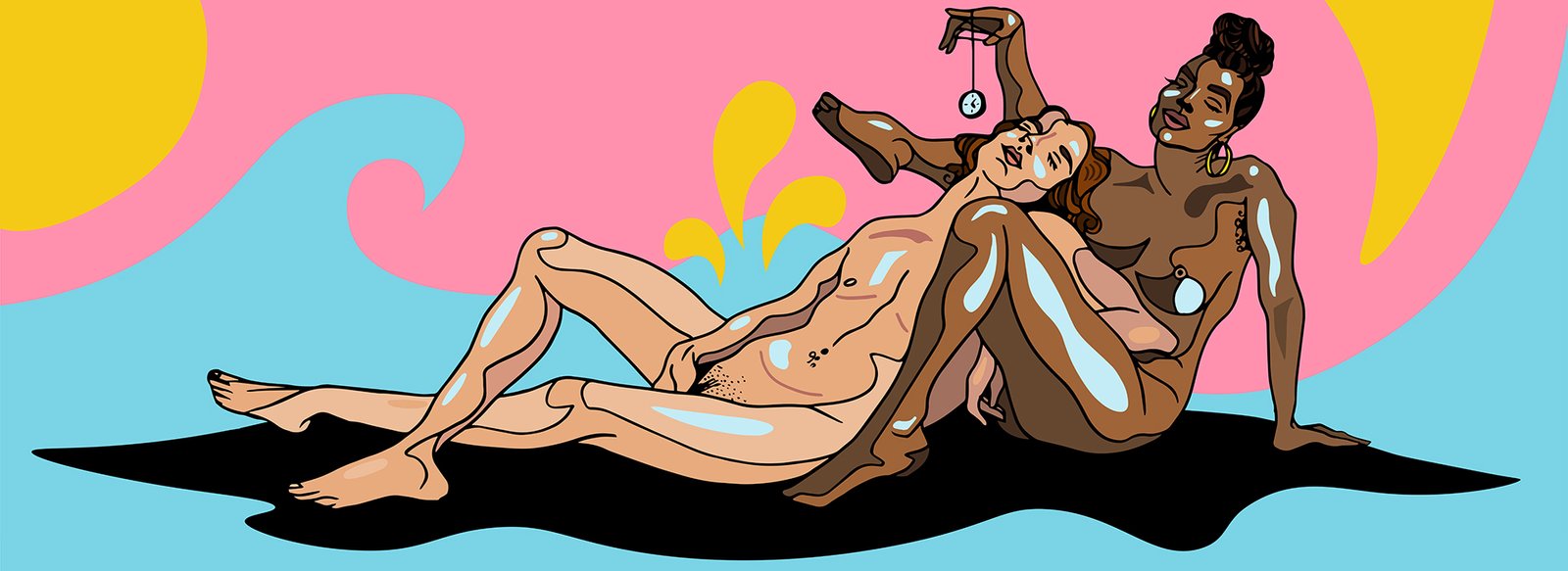
Read Looking at Porn here. You can find Robin on his Twitter @robin__craig.
See more of Molly’s work on instagram



